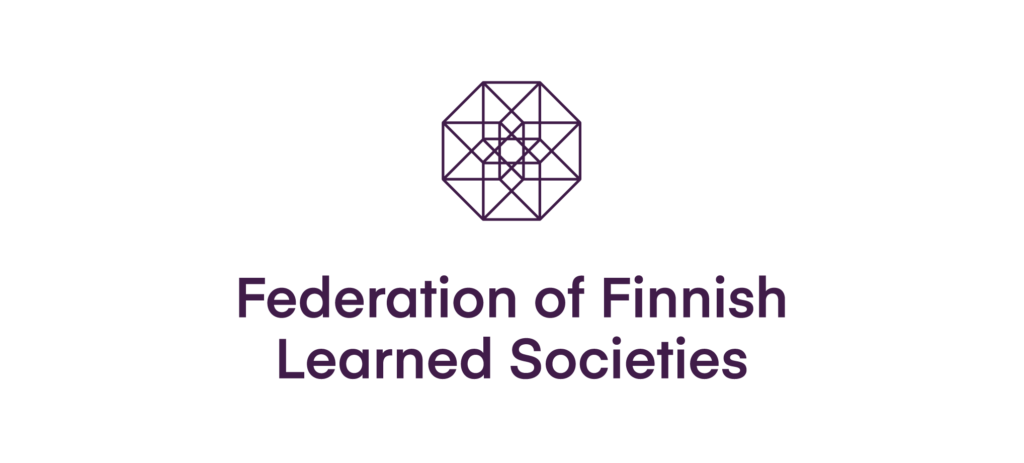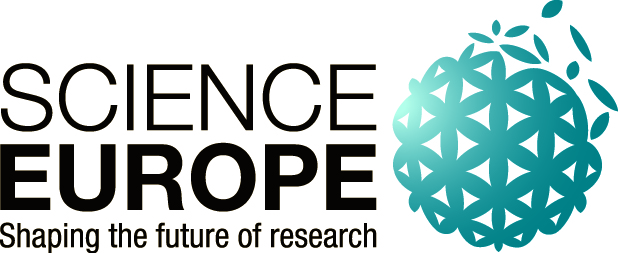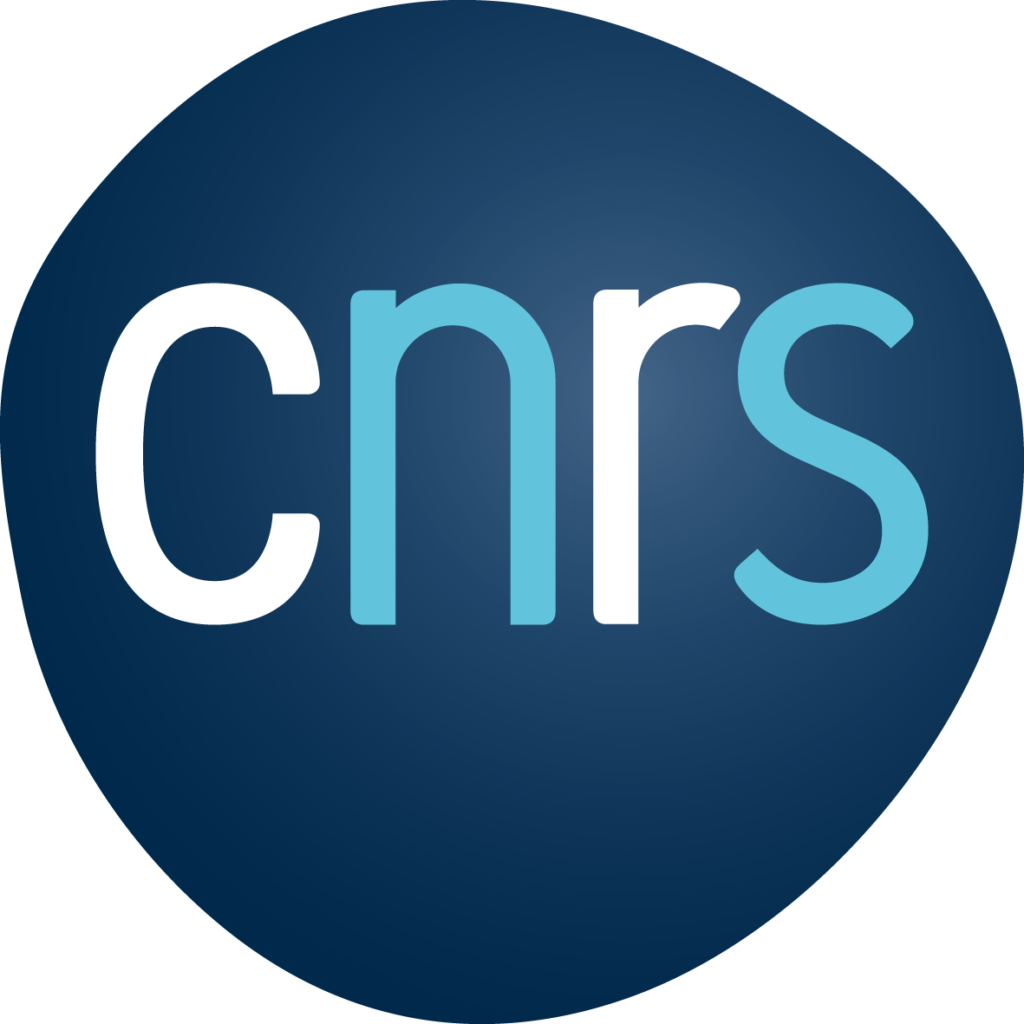To mark International Open Access Week we have brought you a series of interviews with members of our consortium! Here, we have Pilar Rico-Castro, FECYT, for the last of our three features.
The theme of OAWeek – Community Over Commercialisation – is a subject close to the efforts of the DIAMAS project, as we strive to support scholar-led publishing initiatives. We hope these interviews have added to this global conversation and allowed readers to understand how DIAMAS intends to support scholar-led publishing, defending community values over commercial interest.
What does community over commercialisation mean to you when it comes to academic publishing?
“The communication of scientific and academic knowledge is one of the four key processes of the scientific production cycle, together with research funding, research performance, and research assessment processes. Unlike the other three, the communication process is the only one that has been privatized by commercial service providers with no vocation for public service. Community-driven academic journals, as opposed to commercial journals, are the best way to give back control over the communication process to the scientists, thus contributing to an open science-based ecosystem.”
We hear a lot about the importance of “community”. How would you describe community in the context of academic publishing?
“The production of new scientific knowledge has been a human global endeavor since the beginning of time that has been produced in an organized and planned manner since the end of World War II. Scientific communities work in the so-called “republic of science”, where the design and management of the rituals for access and permanence in the scientific community, the resource allocation process, and the validation processes of what it is and what it is not new scientific knowledge is ruled by them. Their work is governed by the Mertonian rules of communality, science is public knowledge, free and available to all; universalism, there are no privileged sources of scientific knowledge according to nationality, race, sex, religion, age of the one who produces it; disinterestedness, science works for the benefit of science itself; originality, science is the discovery of the unknown; and skepticism, scientists do not accept anything without questioning it critically. Science is thus a public good that seeks to benefit society as a whole and to seek the progress and welfare of mankind. However, the current communication model and the commercial interests of large publishers have turned science into a proprietary good, guarded by increasingly insurmountable payment barriers. The role of the community is basic to bringing back science to scientists and to society.
How would you describe the values of the DIAMAS project?
“The DIAMAS project acknowledges that science is a public good, therefore its communication, assessment, access, and long-term preservation means should also be publicly protected and improved. From the early 2000s, many public initiatives have been launched to guarantee free and open access to research results, and in favour of the open science paradigm. Most of them have been based on open access repositories as the key implementation mechanism, while diamond open access institutional publishers have not received attention from public institutions despite their key role in the scholarly communication landscape. DIAMAS sheds light on non-commercial and decentralized publishing initiatives around Europe and puts institutional publishers in a relevant position within the academic communication process. With this, DIAMAS contributes to the republic of science to be governed by scientific communities in an equitable and sustainable manner.”
How will DIAMAS contribute to promoting community values over commercial interest?
“The scholarly publishing commercial sector turns over tens of billions € per year and has operating margins of over 30%, a percentage close to the one of oil companies and five percentage points higher than that of Google. These high revenues come almost exclusively from public R&D budgets. This means that governments do have public money to spend in the scholarly publication market, but that they are investing too large a proportion in the wrong (private) sector instead of in strengthening their open access diamond capacities. DIAMAS has a key role to play in identifying the OA diamond institutional publishing services already existing in Europe, and in strengthening it through the provision of common quality standards, building capacity centres, and guaranteeing proper recognition at the decision-making level. The ultimate goal is to balance public investment in favour of public scholarly communication digital infrastructures.”
Does community/commercial have to be a zero-sum game?
“In my understanding, yes. The ideal situation would be that more resources were spent on diamond open access publishing venues, and that less money was put into commercial journals. However, it is still difficult to imagine a scholarly communication system with no private companies or commercial service providers involved in any segment of the production chain.”
If you enjoyed this interview, visit our news page to see earlier Open Access Week interviews with Iva Melinščak Zlodi and Mikael Laasko.




























